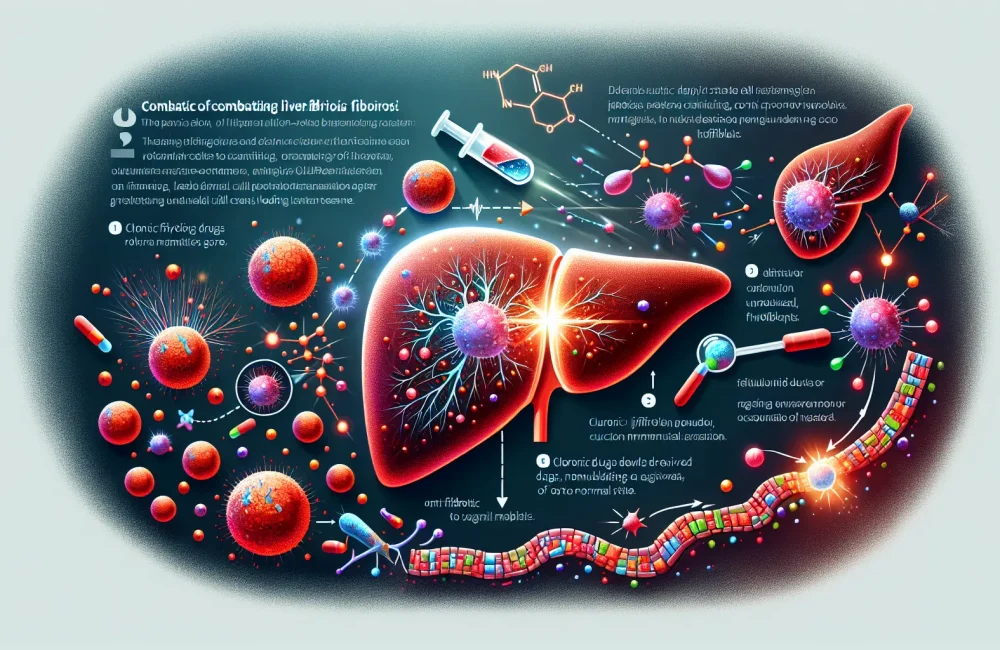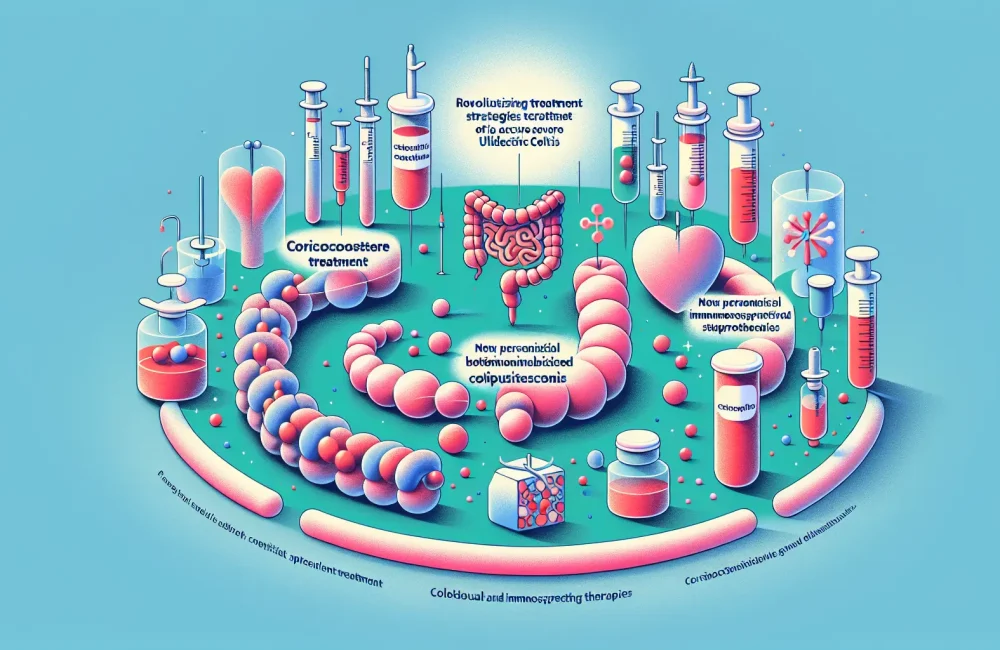By CAFMI AI From Gut
Hepatic Stellate Cells and Liver Fibrosis: Key Roles
Liver fibrosis is a progressive condition arising from chronic liver injury and characterized by excessive accumulation of scar tissue. This fibrotic process involves multiple liver cell types, but hepatic stellate cells (HSCs) are central as they transform into collagen-producing myofibroblasts when the liver is damaged. Understanding how HSCs become activated and how they interact with other liver cells is crucial for developing treatments to halt or reverse fibrosis. As a key driver of fibrosis, these cells represent a promising target for therapeutic intervention, with the goal to reduce scar tissue and restore normal liver function.
Current Therapeutic Strategies Targeting HSCs
Targeting hepatic stellate cells directly has become a focus of recent research and development. Various strategies aim to selectively deliver antifibrotic drugs to HSCs, modulate their activation and fibrogenic activity, or induce their death or reversion to a quiescent state. Though many approaches show promise in laboratory and preclinical studies, translating these into clinical practice remains challenging. Major obstacles include ensuring treatment specificity, effective delivery to the intended cells, and minimizing potential side effects. Nonetheless, advances in nanotechnology and molecular targeting techniques are encouraging, offering new ways to improve delivery and efficacy of antifibrotic agents.
Future Directions and Clinical Implications
Looking forward, research emphasizes combination therapies that tackle multiple fibrosis pathways simultaneously and personalized treatment plans based on molecular profiling of liver disease. Identifying reliable biomarkers to monitor HSC activity and fibrosis progression or regression is also critical. Large-scale clinical trials will be essential to establish the safety and effectiveness of these targeted therapies. For primary care clinicians, recognizing the evolving landscape of antifibrotic treatments can aid in early referral and management decisions. While HSC-targeted therapies are not yet standard practice, ongoing developments offer hope for improved outcomes in patients with liver fibrosis in the near future.
Read The Original Publication Here






